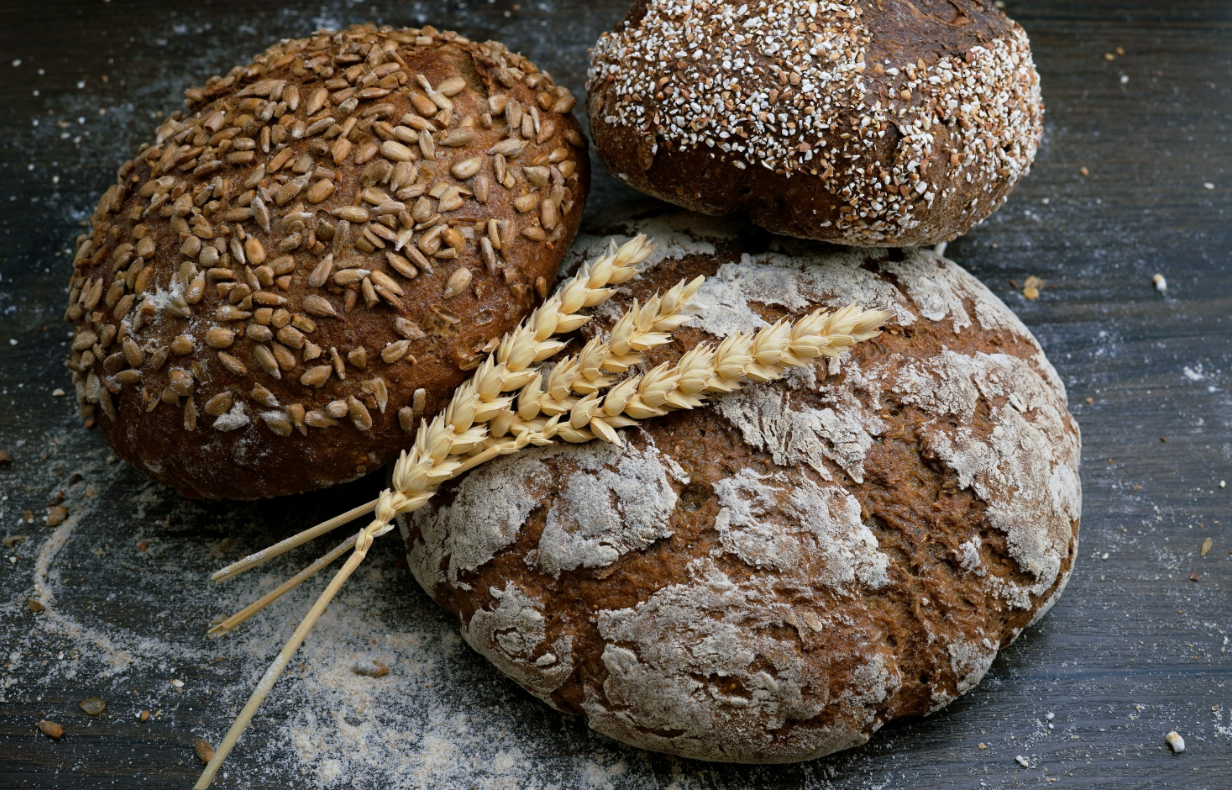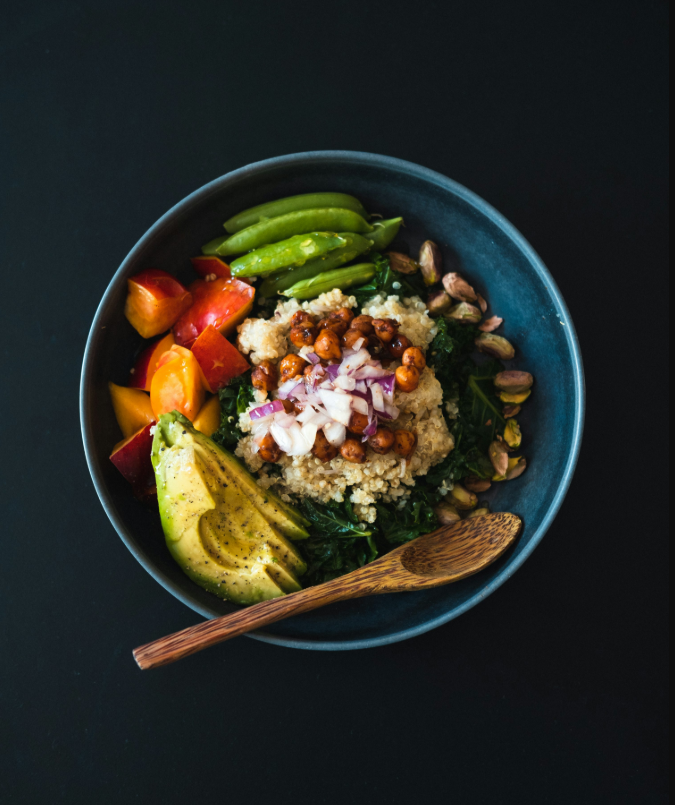
Introduction to Gluten-Free Living
Gluten-free living is becoming more common as people look for healthier ways to eat and manage their health. For some, following this lifestyle is necessary because of conditions like celiac disease or gluten intolerance. For others, it is a personal choice to improve diet quality and focus on natural foods. Whatever the reason, making this change can seem challenging at first, but with the right information and preparation, it becomes easier. In this article, we will explore what gluten-free living means, share useful tips, and provide simple recipes to help you enjoy this way of eating.
What is Gluten and Why Avoid It?
Gluten is a protein found in wheat, barley, and rye. It is present in many everyday foods like bread, pasta, cakes, cookies, cereals, and even sauces or processed snacks. People with celiac disease cannot eat gluten at all because it damages their small intestine and leads to serious health problems. Others may experience bloating, stomach pain, or tiredness when eating gluten, which can be linked to gluten sensitivity. Choosing gluten-free living can help improve digestion, reduce discomfort, and support overall well-being for those who react to gluten.
Safe and Unsafe Foods in a Gluten-Free Diet
One of the most important steps when starting this lifestyle is learning which foods are safe. Naturally gluten-free foods include fruits, vegetables, meat, fish, eggs, beans, nuts, and most dairy products. There are also many grains and flours that do not contain gluten, such as rice, corn, quinoa, buckwheat, millet, and gluten-free oats. These foods provide the base for balanced meals. Foods to avoid include those made with wheat, barley, and rye. This means regular bread, cakes, pastries, crackers, and pasta are not suitable unless made with gluten-free alternatives. Beer made with barley is another product that should be replaced with gluten-free options.
Reading Labels and Avoiding Hidden Gluten
Reading food labels is a key part of gluten-free living. Many packaged products contain hidden gluten in ingredients like malt, modified starch, or flavorings. Fortunately, more companies now label products clearly as gluten-free. When in doubt, it is safer to choose fresh and natural foods, which are less likely to contain hidden gluten. Planning meals ahead also helps reduce mistakes and makes it easier to stick to the lifestyle.
Cooking Gluten-Free at Home
Cooking at home is one of the best ways to control what you eat. Gluten-free recipes are now widely available and often simple to prepare. Breakfast can include oatmeal made from gluten-free oats topped with fruit and nuts, or scrambled eggs with vegetables. For lunch, rice bowls with chicken, vegetables, and a light dressing are filling and healthy. Dinner options include grilled fish with quinoa and salad, or gluten-free pasta with tomato sauce and vegetables. Snacks can be as easy as popcorn, rice cakes, or yogurt with fruit. Baking is also possible with gluten-free flours, allowing you to make muffins, pancakes, or bread without gluten.
Eating Out While Gluten-Free
Dining out is another area where preparation helps. Many restaurants now offer gluten-free menus or mark items that are safe to eat. Still, it is always best to ask the staff how food is prepared and if cross-contamination is avoided. Cross-contamination happens when gluten-free food touches surfaces or utensils that were used for regular food. Being careful about this ensures your meal stays safe.
Staying Healthy with Gluten-Free Living
Maintaining a healthy balance is important in gluten-free living. It can be easy to rely on packaged gluten-free products, but many of these are processed and high in sugar or fat. To stay healthy, focus on natural whole foods and include a variety of vegetables, fruits, lean protein, and gluten-free grains. Drinking enough water and staying active also support a balanced lifestyle.
Practical Tips for Daily Life
Planning ahead makes the lifestyle more practical. Preparing meals in advance, keeping gluten-free snacks in your bag, and learning a few quick recipes can save time and prevent stress. Shopping at stores with a wide selection of gluten-free products or using online delivery can also make life easier. Joining support groups or following gluten-free communities online is another way to get advice, discover new recipes, and stay motivated.
Simple Gluten-Free Recipes
Here are three simple gluten-free recipes to try at home:
- For a quick breakfast, blend one banana, one cup of gluten-free oats, one egg, and a pinch of baking powder to make pancakes. Cook them in a pan with a little oil until golden.
- For lunch, prepare a quinoa salad by mixing cooked quinoa with cucumber, tomato, onion, olive oil, lemon juice, salt, and pepper. This dish is light but filling.
- For dinner, try baked chicken with roasted vegetables. Season chicken pieces with olive oil, garlic, salt, and herbs, then bake with chopped carrots, potatoes, and zucchini until cooked through.
Building a Sustainable Gluten-Free Lifestyle
Gluten-free living is not only about avoiding certain foods but also about building a lifestyle that supports health and enjoyment. With knowledge, planning, and creativity, you can enjoy a wide variety of meals without feeling limited. The key is to focus on fresh, natural foods, cook more often at home, and choose gluten-free products carefully when shopping or dining out. Over time, this way of eating becomes second nature and can bring many health benefits.
Conclusion
In conclusion, gluten-free living is a practical lifestyle that helps many people manage health conditions and improve their quality of life. By understanding which foods are safe, reading labels, cooking at home, and planning ahead, you can create a healthy and enjoyable routine. With simple recipes and smart tips, living gluten-free is not only possible but also satisfying. Whether you are starting this lifestyle for medical reasons or personal choice, it can be a positive step toward better health and well-being.

